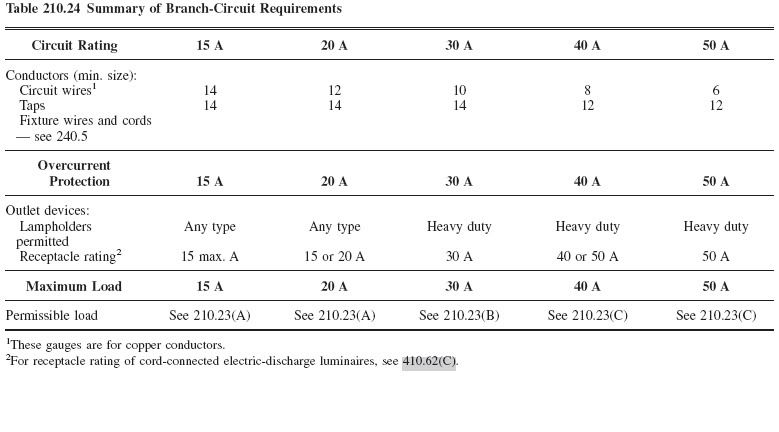bulldog
Member
- Location
- New Jersey
An electrician added 11 outlets in a basement off the smoke detector circuit. There are only 6 smokes and 3 basememnt lights on the circuit.
An inspector failed a job, because he stated according to NEC Table 210.24 only 14 taps are allowed on a 15 amp circuit.
He explained that the 14 taps means total number of outlets on the circuit .
Is the inspector correct ?
An inspector failed a job, because he stated according to NEC Table 210.24 only 14 taps are allowed on a 15 amp circuit.
He explained that the 14 taps means total number of outlets on the circuit .
Is the inspector correct ?



